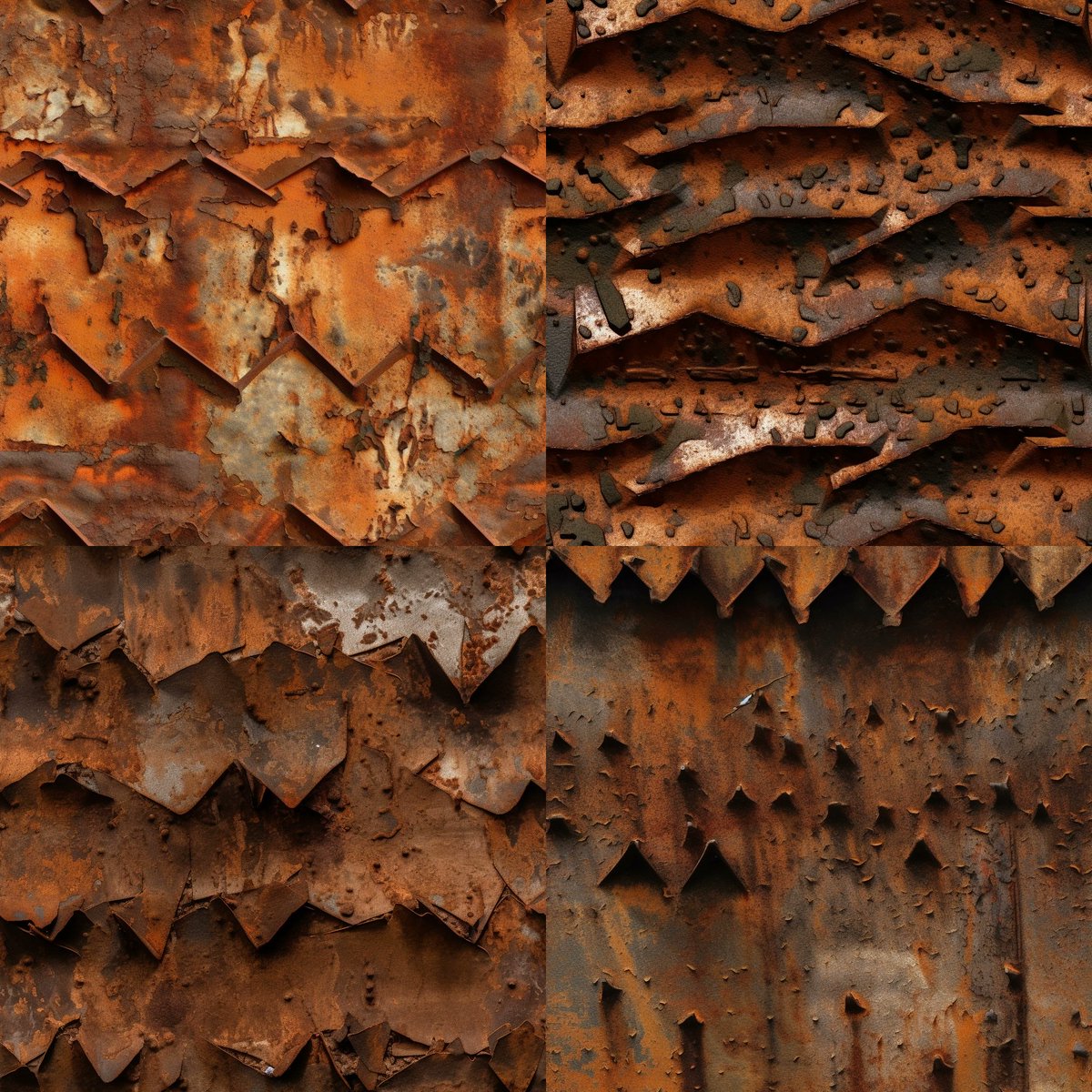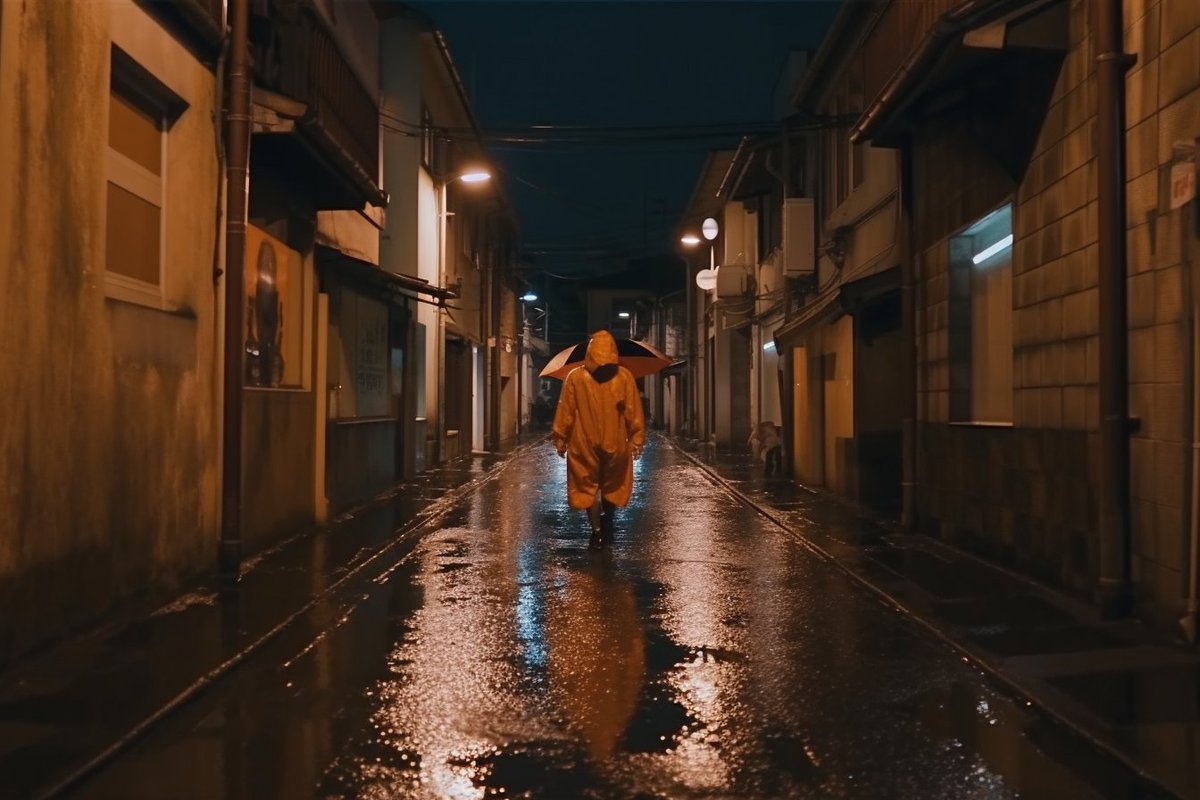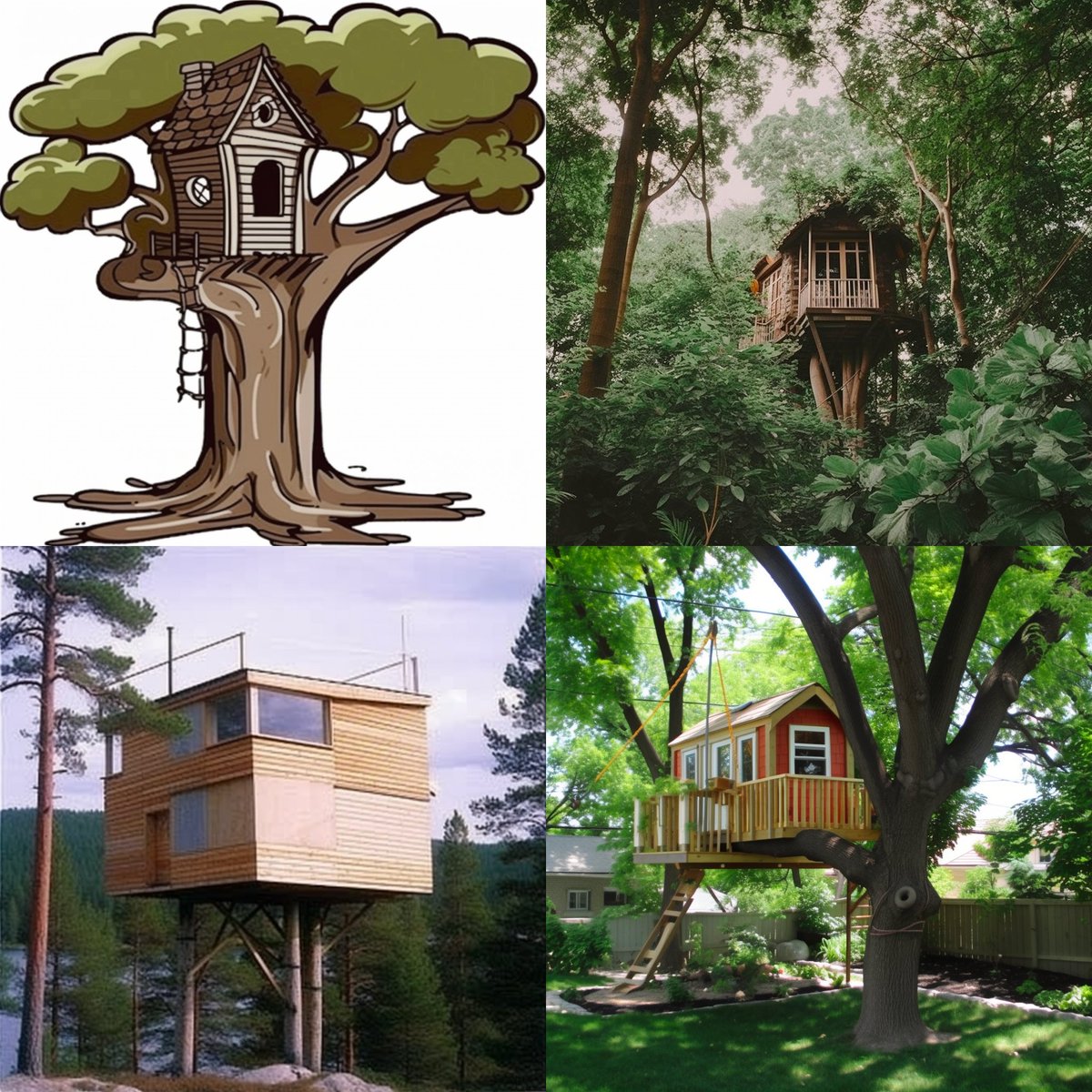Some #Midjourney V5 findings 🔥
Finally! Full-blown cinematic aspect ratios!
2.4:1 widescreen cinema standard ✅
2.76:1 ultra panavision 70 ✅
you can go up to 14:1 (!) but: letterboxing seems to set in roughly at ultra widescreen (3.6:1)
#midjourney5 🧵



Finally! Full-blown cinematic aspect ratios!
2.4:1 widescreen cinema standard ✅
2.76:1 ultra panavision 70 ✅
you can go up to 14:1 (!) but: letterboxing seems to set in roughly at ultra widescreen (3.6:1)
#midjourney5 🧵




However, 3.6:1 (and higher ratios) seems to work better if you drop the cinematic prefixes (cinematic shot, film still, etc.) 🤷♂️🤔
Here it's just scene & style description. 3.6:1, no letterboxing.
Here it's just scene & style description. 3.6:1, no letterboxing.

Here's a 4:1 image in panorama view. this is raw #midjourneyv5, default quality (--q 1), not bad actually
The --chaos value seems to vary the styles much more within the initial grid #MidjourneyV5 #midjourney 

#Midjourney V5 also gives much better results for homogenous textures, thanks to improved realism & "--tile"
Top left(V4)/right(V5): "grey sandpaper, highly detailed --tile"
Bottom: mossy forest soul & rusty metal (both #midjourneyv5)



Top left(V4)/right(V5): "grey sandpaper, highly detailed --tile"
Bottom: mossy forest soul & rusty metal (both #midjourneyv5)




photorealistic wide angles and homogenous textures from #Midjourney V5 put into WebVR API to animate in a local browser window
🙏 thanks #gpt4
#midjourney #aicinema
🙏 thanks #gpt4
#midjourney #aicinema
• • •
Missing some Tweet in this thread? You can try to
force a refresh



















